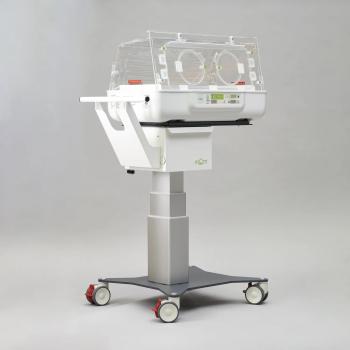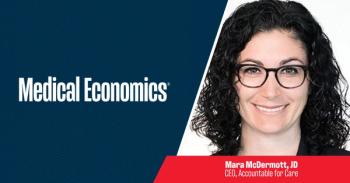
Med school association projects physician shortfall of 86,000 by 2036
But there’s a catch – AAMC says more money is needed for graduate medical education or the situation will be much worse.
The United States could face a physician shortage up to 86,000 doctors by 2036, according to the newest projections by the Association of American Medical Colleges (AAMC).
The association and GlobalData Plc. published “The Complexities of Physician Supply and Demand: Projections From 2021 to 2036,” the first update in two years due to the volatility created by the COVID-19 pandemic. The study aims to improve workforce projections, present new analyses, and identify directors for future research.
In short: “Physician demand is projected to continue to grow faster than supply under the most likely scenarios, leading to a total projected shortage of between 13,500 and 86,000 physicians by 2036.”
The projected shortages are smaller than the 2021 report due to hypothetical future growth in the number of medical residency positions across the country. But there’s a catch – if there is no money for graduate medical education (GME), “the projected shortfalls would be much more severe.”
“Specifically, without support beyond current levels, GME growth will not continue, and future shortages will be much worse than what is presented in this report – closely resembling those presented in the 2021 report, which projected a shortfall of up to 124,000 physicians by 2034,” the study said.
“Given the new findings, it is clear that both sustained and increased investments in training new physicians are critical to mitigating projected shortfalls of doctors needed to meet the health care needs of our country,” AAMC President and CEO David J. Skorton, MD, said in a news release. “Most importantly, if additional investments critical to increasing the supply of physicians fail to materialize, projected shortfalls of doctors will be larger than presented in this latest report.”
Based on 2036 projections:
- There will be a shortage of 20,200 to 40,400 primary care doctors.
- Surgical specialties will have a shortage of 10,100 to 19,900 physicians.
- Medical specialties could have a shortage of 5,500 to a surplus of 3,700 doctors, if surpluses arise in specialties such as critical care/pulmonology and endocrinology.
- Other specialties could face a shortage of 19,500 to a surplus of 4,300 physicians, if surpluses in emergency medicine and physical medicine and rehabilitation materialize.
The report acknowledged the forecast of the nation’s population and details specific to the physician workforce.
The U.S. population is projected to grow by 8.4%, or from about 331.9 million to 359.7 million people. Those aged 65 years and older are expected to grow by 34.1%, with the population aged 75 years and older growing by 54.7%. “This trend portends high growth in demand for physician specialties that predominantly care for older Americans,” the report said.
Physicians are aging too. The doctor workforce was 17% aged 65 years or older in 2021, with 25% of the workforce between ages 55 and 64 years. “Therefore, it is very likely that more than a third of currently active physicians will retire within the next decade,” the report said.
Meanwhile, the COVID-19 pandemic exposed “many problems and significant disparities in the health care system,” ranging from lack of access to shortage of doctors to lack of planning. The report suggested a number of areas in which future research could improve workforce projections, including effects of COVID-19; diversity, equity and inclusion; roles of advanced practice registered nurses and physicians assistances or associates; slow growth in surgeon supply; and why physicians choose certain locations to practice.
“We are looking at substantial shortages of doctors that will not meet our future health care demands. Further, if we succeed in improving access to care for our growing and aging population, which we very much hope to do, then the workforce shortages will be even larger than projected in this report,” Skorton said. “Medical schools have done their part by increasing enrollment by nearly 40% since 2002. We must now expand graduate medical education so we are training more doctors to meet the nation’s health care needs.”
Newsletter
Stay informed and empowered with Medical Economics enewsletter, delivering expert insights, financial strategies, practice management tips and technology trends — tailored for today’s physicians.








